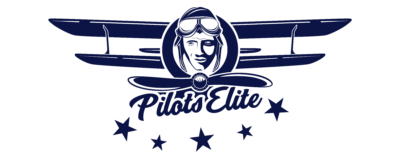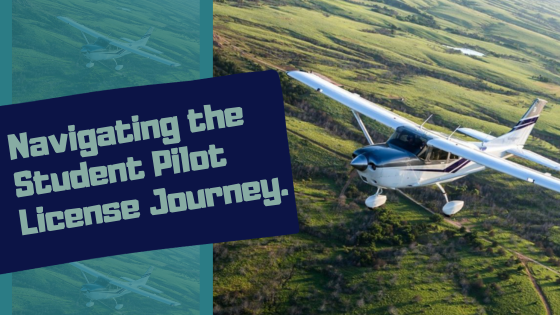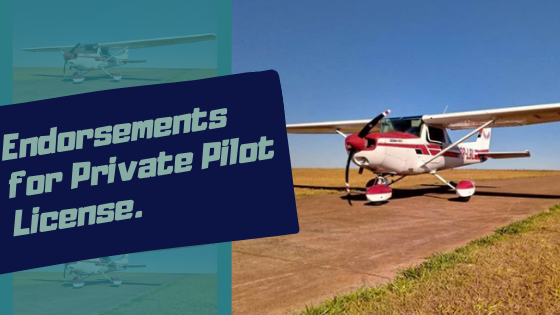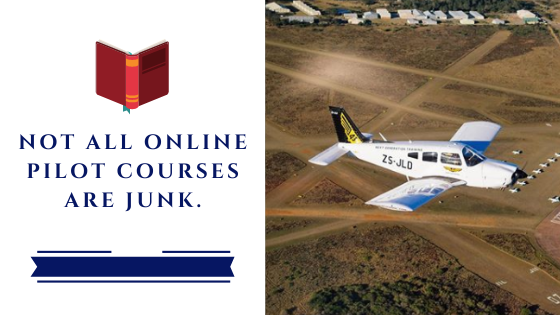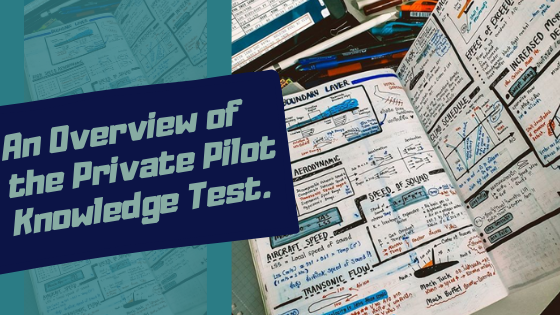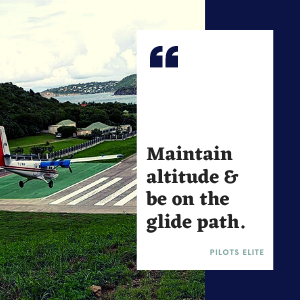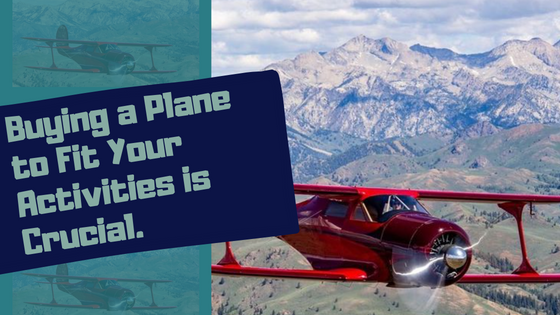Aircraft landing procedure.
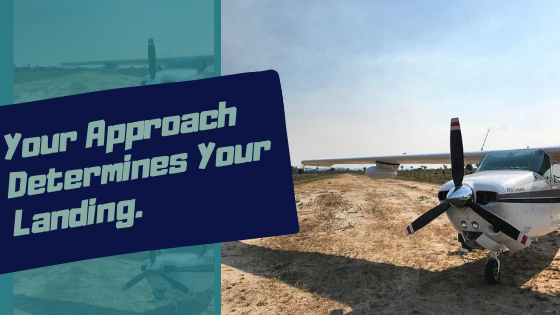
Get a refresher on aircraft landing procedures. If you are a private pilot going back to flying after some time, you must read this article.
You will never forget how to land an airplane, but your feelings might get rusty. Regardless, the set of rules in this post will allow you to make smooth landings.
If you find your landing skills are soft, then always remind yourself of this one thing:
The combination of airspeed and altitude will determine your perfect landing.
Similarly, the phase for a smooth touchdown begins from the moment you enter the downwind leg.
If you are confused in your downwind and caught up on what to do next, you will be lucky not to crash land your airplane on the runway.
If you fail to have smooth landings during VFR flights, what will you face during your IFR flight?
The aircraft landing procedure begins by descending to the traffic pattern altitude.
What is descending to traffic pattern altitude?
The procedure for aircraft entering the traffic pattern can’t be over 1,000 feet AGL. I believe you know that already; thus, I will explain it briefly.
If your destination airport elevates 500 feet above MSL, your traffic pattern altitude would be 1500 feet MSL.
That’s because your traffic pattern altitude has to be 1,000 feet AGL.
Therefore, 500 feet MSL elevation + 1,000 feet AGL = 1,500 feet MSL altitude for the traffic pattern.
So let me ask you now, what would be your traffic pattern altitude if the airport elevation is 300 feet MSL?
You must enter the downwind leg maintaining a traffic pattern and at a 45-degree angle.
The Downwind leg.
As I mentioned, you enter the downwind leg at a 45-degree angle and maintain an altitude of 1,000 feet AGL.
I am writing this article in contradiction to training aircraft below 200 horsepower. Thus let’s take Cessna 172 as our example.
You are on the right downwind of Runway 09 and flying a Cessna 172.
Before entering the leg downwind, finish your landing checklist for your particular aircraft.
Now reduce power between 1800 RPM to 1900 RPM.
Once you reduce power, the airspeed will reduce. At this point, maintain an airspeed of 85 knots.
That’s the ideal airspeed for a downwind leg. Applying flaps and trim your aircraft if you find it challenging to maintain airspeed to 85 knots.
Remember maintaining airspeed is the key to a smooth landing. Always ask yourself whether you are too fast for the leg or not.
If you are too fast for an approach leg, you will likely fall behind the airplane and mess up your landing.
Abeam Threshold.
Abeam threshold, you are still on your right downwind of Runway 09.
You can reduce power to 1600 to 1700 RPM when you are abeam threshold.
Reducing power will allow the aircraft to descend and reduce airspeed. You can apply Flaps 2 of your Cessna 172 to keep your aircraft stable.
Maintain airspeed between 75 knots to 80 knots.
You can turn base when you are at a 45-degree angle from the threshold of Runway 09. Expect to have an altitude of 800 feet AGL while turning base.
Also, please communicate with the traffic advisory and tell them about your location.
Base leg.
While you are on base, you are very close to making a landing. There is no room for mistakes.
Quickly ask yourself:
- Are you too fast or too slow for the leg?;
- Are you too low or too high for the portion?;
- Are you too far from the runway or too close?;
- Are you aware of the traffic in the vicinity?
If anything seems odd to you, you must adjust it to make your landing smooth.
If your aircraft is too fast for the leg, you might be short on the Final and high on the final.
So it would be best if you made corrections on the base leg.
Maintaining airspeed is crucial for smooth landings. Maintain 75 Knots on the base leg, and as you enter the Final, reduce airspeed between 65 knots to 75 knots.
RELATED: Common student pilot mistakes to avoid.
The final leg of the approach.
Now you are on the final leg of your approach. It is best to enter the final at an altitude of 500 feet AGL to make a smooth landing.
A balance between airspeed and descent rate of the aircraft plays a significant role in perfect landings.
- Airspeed on final has to be between 65 Knots to 75 Knots;
- Maintain a steady descent rate of 500 to 600 FPM;
- Use flaps three if you think necessary;
- Trim your aircraft to stabilize the controls.
Don’t chase the airspeed; instead, use trim to maintain a steady airspeed.
At 65 t 75 knots, you can feel the aircraft is flying slowly.
Look at the runway and observe the PAPI or VASI lights if the runway has any. To maintain the glideslope, you can follow the glideslope.
Maintaining the glideslope will allow you to land exactly on the runway.
Typically the glideslopes have an angle of three degrees from the runway.
However, when flying a Cessna 172, a smaller aircraft, you can break the glideslope earlier than an airliner.
The airliners are significant and need to follow a glideslope until they make a touchdown.
You will likely land farther on the runway once you follow the glideslope with a smaller aircraft.
That is not bad, but if you are an expert, you can break the glideslope and visually land the aircraft.
Once you are over the threshold.
Typically, you are supposed to be at an altitude of 50 feet when you are over the threshold. That’s when you can level off the aircraft.
The aircraft level is to reduce the descent rate and allow the plane to sink.
Also, keep an eye on your airspeed. Don’t allow the airspeed to be less than 60 knots here.
Because if your airspeed is too low, you might stall at 50 feet. We don’t want to slow our airplane at 50 feet.
We want to flare our aircraft at 10 feet above the ground.
Flaring.
Flaring is the most confusing phase for students or less experienced private pilots.
Pilots often can’t time their flare right. Many low-hour pilots either flare the airplane too early or too late.
What happens when you pull the yoke too early?
If you pull the yoke too early, you will cause the airplane to drop quickly and might as well have a tail strike.
If you flare too late, you will bounce landing due to the high indicated airspeed.
So how do you time your flare for a smooth landing?
It’s best to flare when you are ten feet above the ground.
It isn’t easy to notice when you are ten feet above the ground. So what you do, you have to realize that when you are above ten feet off the ground, you will see the runway quickly feel up your aircraft’s windshield.
The moment you notice the runway filling your windshield, you must flare.
But don’t pull the yoke too much. It’s a common problem for inexperienced pilots that they often pull the collar too far and lose visibility of the runway due to the airplane’s high pitch, and they abruptly touch the ground and bounce.
Remember this whenever you are flaring, pull to the point that you lose visibility of the runway.
Always have the runway on sight and slowly allow the aircraft to sink.
That way, you will make an excellent touchdown. Flaring too far will lower the airspeed quickly.
RELATED: Common student pilot mistakes to avoid.
Conclusion.
There is a lot to remember for aircraft landing procedures, and it might be hard to apply all these during the actual flight.
You have less time to think and act quickly in an actual flight, especially during landing.
You don’t have to remember what I said in this article, but use it as a guideline for your next landing.
Be assured if you use this as a guideline, your landings.
